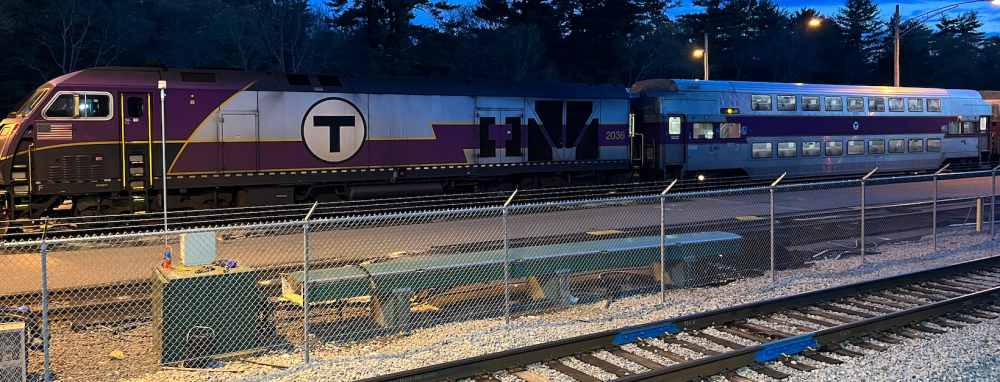Banker & Tradesman
New member
- Joined
- Aug 27, 2024
- Messages
- 43
- Reaction score
- 382
The Planning Department told Town Meeting that they believe the districts will still comply, although some speakers on Monday raised the possibility the state could knock back Lexington's 15% for 14+ units affordable housing mandate, and force some form of lower percentage. The theoretical unit cap will certainly be higher than their MBTA Communities minimum, though, and the district size is definitely way above the required 50 acres.The article is behind a paywall, so I can't tell if they're still within the bounds of the MBTA Communities regulations or if this scaling back puts them out of compliance. Either way, the 28% coverage and abysmal <0.5 FAR cap is laughable.
Presentations and motions from the special town meeting are available on the town website: https://lexingtonma.gov/2265/2025-1-Special-Town-Meeting
EDIT: We did some additional digging and there are a handful of properties where developers rushed to begin the initial steps required to redevelop them before Monday's vote, and they could generate a few thousand more homes. The rollback's proponents, a group of town residents, estimated up to 4,474 new homes, but that seems to reflect theoretical "zoning capacity" calculations, not actual development proposals.
Last edited:






